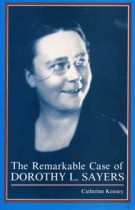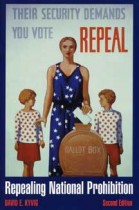The Remarkable Case of Dorothy L. Sayers
Catherine Kenney | Filed under: Literature & Literary Criticism
Sayer’s three main accomplishments serve as the organizing principle of this book: first, her transformation of the modern detective story into a serious novel of social criticism and moral depth; second, her penetrating critique of the situation of modern women; and finally her compelling work as a lay theologian and interpreter of Christianity. Thus, the book proceeds not only in roughly chronological order, but also from the work that most readers know best what they know least. The author assumes some familiarity with Sayer’s fiction, but The Remarkable Case of Dorothy L. Sayers is not intended for specialists alone. Indeed, it is appropriate for the same reader that DLS had in mind when she wrote. It will appeal to those who already admire her work, and it may bring others to appreciate her as a literary figure of importance.










